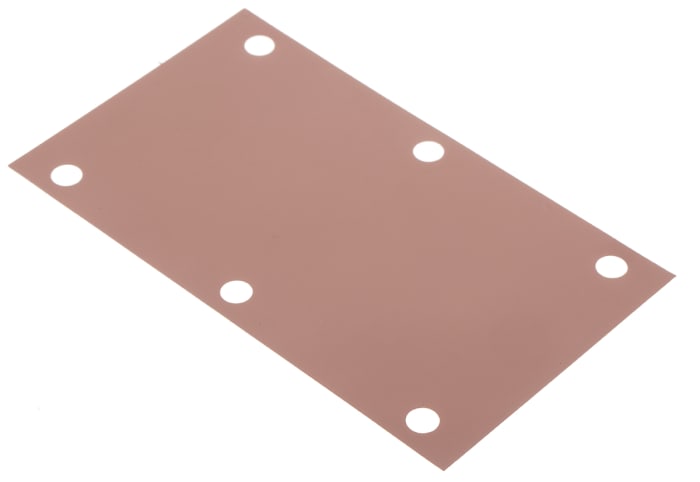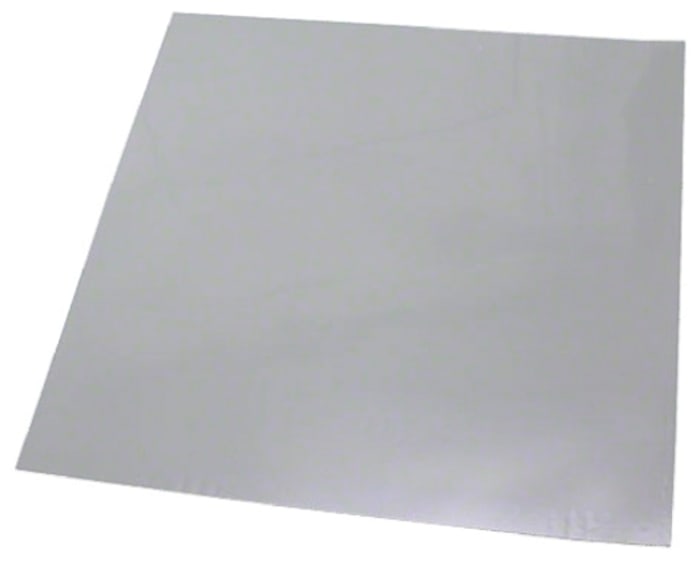Tehnička dokumentacija
Tehnički podaci
Brand
RS ProDimensions
128 x 72.5mm
Thickness
0.127mm
Length
128mm
Width
72.5mm
Thermal Conductivity
2.5W/m·K
Self-Adhesive
No
Minimum Operating Temperature
-45°C
Maximum Operating Temperature
+125°C
Colour
Grey
Operating Temperature Range
-45 → +125 °C
Distrelec Product Id
30405975
Zemlja podrijetla
United Kingdom
Detalji o proizvodu
RS PRO Phase Change Interface Material
RS PRO phase change materials are ideal for thermal management applications. Available in this range are phase change interface materials in sheets, resistor pads and as a dispensable paste.
Phase change materials work because they change their state with changes in temperature between the heat source and the heatsink. During this process, the material stores thermal energy which is then released as the material cools. This means that the material can absorb thermal energy as the heat is generated which helps to keep the desired component cool. This improves contact between the surfaces, completely fillling air gaps and increasing heat transfer.
RSD 17.270
RSD 1.726,993 komadno (u pakovanju od 10) (bez PDV-a)
RSD 20.724
RSD 2.072,392 komadno (u pakovanju od 10) (s PDV-om)
10
RSD 17.270
RSD 1.726,993 komadno (u pakovanju od 10) (bez PDV-a)
RSD 20.724
RSD 2.072,392 komadno (u pakovanju od 10) (s PDV-om)
Informacije o stanju skladišta trenutno nisu dostupne.
10
Informacije o stanju skladišta trenutno nisu dostupne.
Tehnička dokumentacija
Tehnički podaci
Brand
RS ProDimensions
128 x 72.5mm
Thickness
0.127mm
Length
128mm
Width
72.5mm
Thermal Conductivity
2.5W/m·K
Self-Adhesive
No
Minimum Operating Temperature
-45°C
Maximum Operating Temperature
+125°C
Colour
Grey
Operating Temperature Range
-45 → +125 °C
Distrelec Product Id
30405975
Zemlja podrijetla
United Kingdom
Detalji o proizvodu
RS PRO Phase Change Interface Material
RS PRO phase change materials are ideal for thermal management applications. Available in this range are phase change interface materials in sheets, resistor pads and as a dispensable paste.
Phase change materials work because they change their state with changes in temperature between the heat source and the heatsink. During this process, the material stores thermal energy which is then released as the material cools. This means that the material can absorb thermal energy as the heat is generated which helps to keep the desired component cool. This improves contact between the surfaces, completely fillling air gaps and increasing heat transfer.


